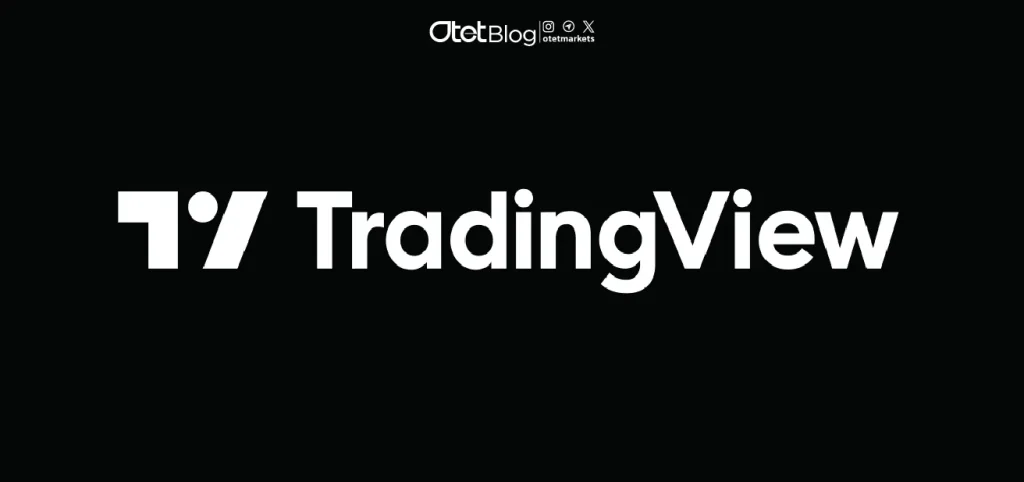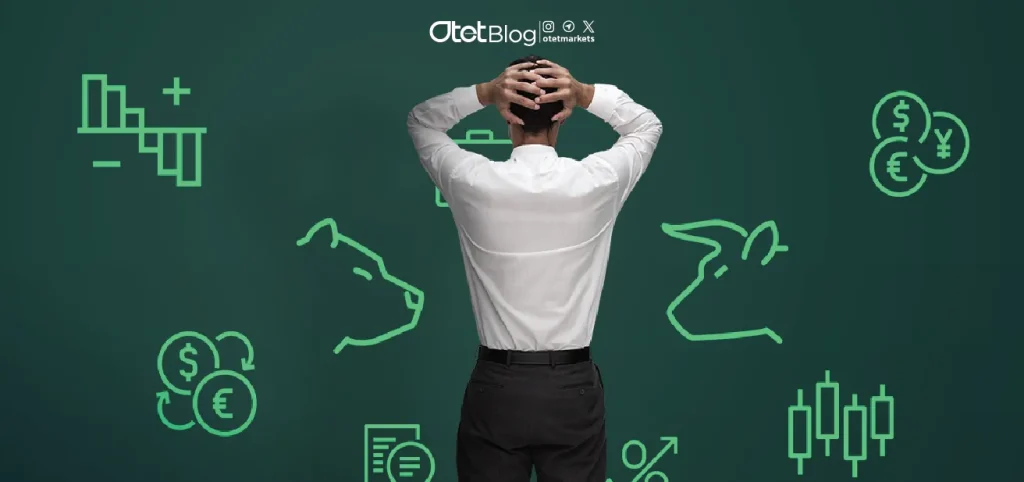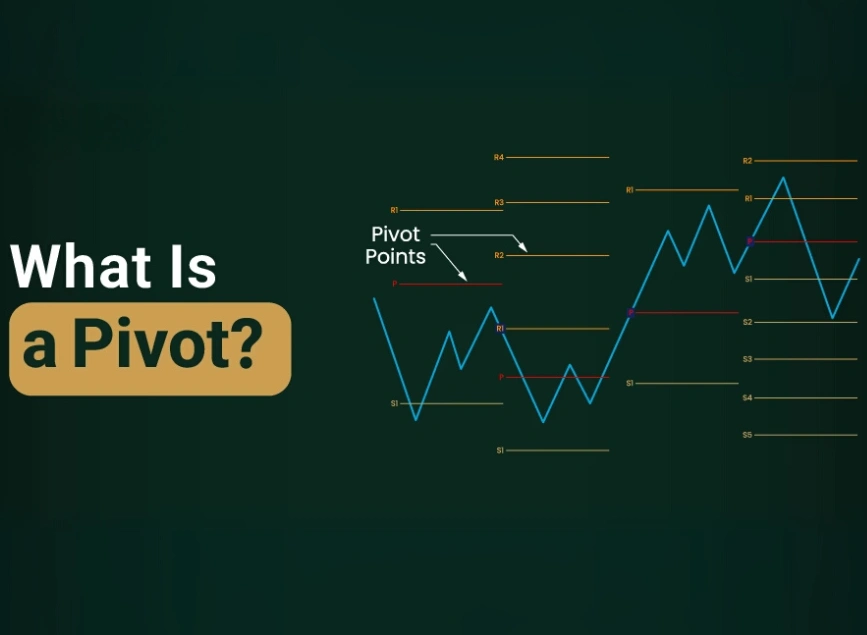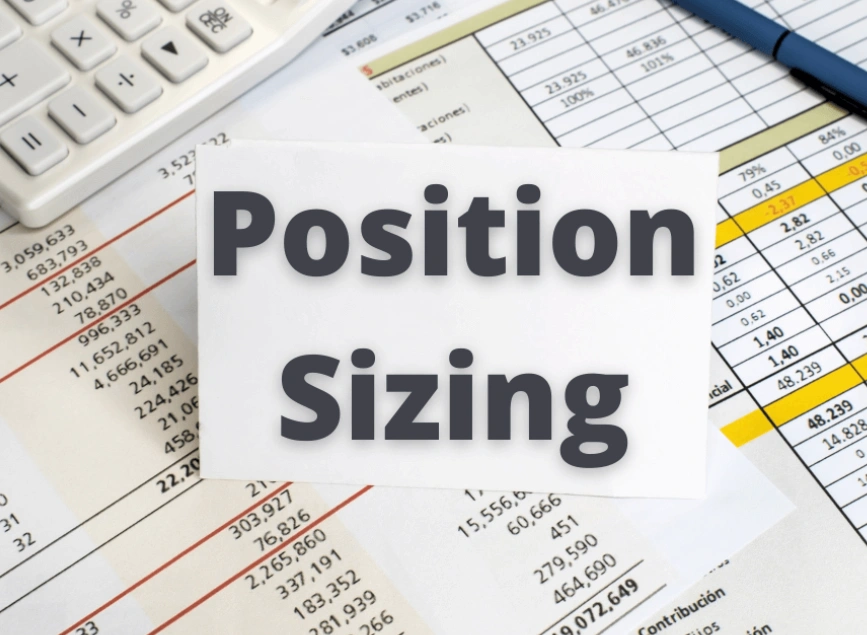
What Is Trading and Who Is a Trader?
Estimated reading time: 12 minutes
Table of contents
In today’s world, trading is recognized as one of the most crucial aspects of economic activities and financial markets. From traditional buying and selling of goods to complex financial transactions and cryptocurrency trading, the concept of trading spans all areas of commercial activities. In this article, we will provide a comprehensive overview of trading, its various types across different sectors, and the opportunities it presents for businesses and investors.
What Is Trading (E-Commerce)?
Trading, or e-commerce, refers to the buying and selling of goods and services via the internet. This type of trade eliminates the need for physical presence in a store or marketplace, as all transactions are conducted through websites, mobile apps, and other online platforms. It enables businesses and customers to trade 24/7 without geographical limitations.
Advantages and Features:
- Global Accessibility: Businesses can offer their products to customers worldwide.
- Reduced Operational Costs: No need for a physical store, lower rent, maintenance, and staffing expenses.
- Speed and Efficiency: Orders are placed and processed instantly, reducing transaction times significantly.
- Advanced Tools: Analytical technologies, online payment systems, and digital marketing tools help businesses enhance their performance.
In short, trading leverages internet-based platforms for transactions, offering businesses and consumers new opportunities to increase sales, reduce costs, and access broader markets.
Who Is a Trader?
A trader is an individual actively engaged in buying and selling assets in financial markets. These assets can include stocks, currencies, commodities, securities, and other financial instruments. Trading activities—whether daily or periodic—are based on technical analysis (charts, patterns, indicators) and sometimes fundamental analysis (economic conditions, news, financial data).
Traders may operate independently as professional or semi-professional traders or work as part of investment firms or hedge funds. Success in trading requires deep market knowledge, experience, well-defined strategies, and precise risk management, as market fluctuations and rapid price changes pose significant risks.
In summary, a trader is someone who uses analytical tools and financial strategies to profit from price movements while intelligently managing risks to preserve their capital.

What Is Cryptocurrency Trading?
Cryptocurrency trading involves buying and selling digital currencies such as Bitcoin, Ethereum, Litecoin, and other cryptocurrencies. These transactions are conducted via online exchanges, with the primary goal of profiting from price fluctuations.
Traders in this field use technical analysis (charts, price patterns, indicators) and fundamental analysis (news, technology, market conditions) to determine the best entry and exit points.
Due to high volatility and growth potential, cryptocurrency trading attracts both professional and novice traders. However, it also comes with substantial risks, making knowledge of blockchain technology, risk management, and regulatory compliance crucial for success.
What Is a Cryptocurrency Exchange?
A cryptocurrency exchange is an online platform that enables users to buy and sell digital currencies like Bitcoin, Ethereum, and others. These exchanges act as intermediaries between buyers and sellers, facilitating direct transactions or converting digital assets into fiat currencies (e.g., USD, EUR).
Key Features of Cryptocurrency Exchanges:
- Trading Functions: Users can place buy and sell orders, which are executed in real-time.
- Digital Wallets: Most exchanges provide dedicated wallets for storing cryptocurrencies.
- Security: Leading exchanges implement encryption, two-factor authentication, and other security measures.
- Fees: Exchanges charge trading and withdrawal fees, which vary by platform.
- Types of Exchanges:
- Centralized Exchanges (CEX): Managed by a central authority.
- Decentralized Exchanges (DEX): Operate via smart contracts without a central intermediary.
In short, cryptocurrency exchanges provide a digital marketplace where individuals can trade cryptocurrencies efficiently and securely.

What Is TradingView?
TradingView is a comprehensive platform for technical analysis and market charting, widely used by traders and investors globally. It allows users to view detailed, interactive charts of various financial markets, utilize analytical tools, and share trading ideas with others.
Key Features of TradingView:
- Interactive Charts: High-quality, customizable charts with trendlines, indicators, and patterns.
- Technical Analysis Tools: A vast collection of indicators, oscillators, and graphical tools to analyze market trends.
- Global Market Access: Covers stock markets in the US, Europe, and Asia, as well as forex and crypto markets.
- Social Features: Acts as a trading-focused social network where users can share ideas and insights.
- User-Friendly Interface: Suitable for both beginner and advanced traders, with web and mobile versions for easy access.

What Is Forex Trading?
Forex (foreign exchange) trading involves buying and selling currencies in the international market. Currency pairs, such as EUR/USD, are traded with the goal of profiting from exchange rate fluctuations.
Forex is the largest financial market in the world, operating 24 hours a day throughout the week. Traders use technical and fundamental analysis to predict price movements, often utilizing leverage to magnify potential gains (or losses).
In summary, forex trading allows individuals to profit from currency fluctuations, but it also carries significant risks, requiring proper risk management and market expertise.
What Is a Broker?
A broker is an individual or firm that acts as an intermediary between traders and financial markets, executing buy and sell orders on behalf of clients.
Broker Services:
- Order Execution: Brokers receive and execute client orders in financial markets.
- Market Access: Enables individuals to trade stocks, forex, crypto, and other assets without needing a direct market presence.
- Analytical Tools: Many brokers offer trading platforms with charts, indicators, and technical analysis tools.
- Risk Management and Support: Brokers provide stop-loss and take-profit options to help traders manage risk.
In summary, brokers serve as a bridge between traders and financial markets, offering tools and services to streamline the trading process.

What Is MetaTrader?
MetaTrader is a popular platform widely used in forex, stocks, crypto, and other financial markets. Developed by MetaQuotes Software, it has two main versions:
- MetaTrader 4 (MT4)
- MetaTrader 5 (MT5)
Key Features of MetaTrader:
- User-Friendly Interface: Customizable platform with real-time charts and fast order execution.
- Technical Analysis Tools: Includes a variety of indicators, oscillators, and graphical tools.
- Automated Trading: Supports algorithmic trading via MQL4 and MQL5 programming languages.
- Diverse Order Types: Supports market, limit, and stop orders for better risk management.
- 24/7 Monitoring: Enables round-the-clock trading across global markets.
MetaTrader is a powerful, industry-standard trading platform offering advanced analysis and automation tools for traders of all levels.
What Are the Different Markets for Trading?
Trading takes place in various markets, each with its own characteristics and risks:
- Stock Market: Buying and selling shares of publicly traded companies.
- Forex Market: national and international currencies in currency pairs.
- Commodities Market: essential goods such as oil, gold, industrial metals, and agricultural products.
- Bonds & Derivatives Market: financial instruments like bonds, futures, and options.
- Cryptocurrency Market: Buying and selling digital assets such as Bitcoin, Ethereum, and altcoins.
- Investment Market: Investing in mutual funds and ETFs for diversified portfolio management.
In conclusion, it offers opportunities across multiple sectors, from traditional stock and bond markets to modern cryptocurrency exchanges, providing traders with various ways to earn profits while managing risks effectively.
What Are Trading Styles?
In financial markets, various trading styles exist, each with different strategies, timeframes, and risk levels. Choosing the right style depends on your goals, experience, and risk tolerance. Below are the most common trading styles:
1. Scalping
Definition:
Scalping involves making profits from small, short-term price movements. Scalpers execute multiple trades within very short periods, ranging from a few seconds to a few minutes.
Characteristics:
- Requires quick reactions and constant monitoring
- Uses short-term charts
- Lower risk per trade but a high number of trades
Pros and Cons:
Pros: Quick, small profits that can accumulate into substantial gains.
Cons: High focus and concentration needed, along with potentially high transaction costs (spread and fees).
2. Day Trading
Definition:
Day trading involves buying and selling assets within the same trading day, ensuring that no positions are held overnight.
Characteristics:
- Avoids overnight risks from external news
- Relies on technical analysis to determine entry and exit points
Pros and Cons:
Pros: Better control over trades, no exposure to overnight market fluctuations.
Cons: Requires close monitoring, precise timing, and can be stressful during high market volatility.
3. Swing Trading
Definition:
Swing trading focuses on capitalizing on price swings over a medium-term period, typically lasting from a few days to a few weeks.
Characteristics:
- Uses chart patterns and technical indicators to identify trend reversals
- Holds positions long enough to benefit from significant price movements
Pros and Cons:
Pros: More profitable opportunities than short-term trading, with less stress and constant monitoring.
Cons: Market swings can be unpredictable, requiring precise analysis to time entries and exits effectively.
4. Position Trading
Definition:
Position trading involves holding positions for the long term, sometimes months or even years, aiming to benefit from broader economic trends.
Characteristics:
- Focuses on fundamental analysis and macroeconomic conditions
- Tolerates short-term volatility in favor of long-term growth
Pros and Cons:
Pros: Potential for steady growth and reduced stress from short-term market movements.
Cons: Requires patience, and unexpected economic shifts can affect long-term positions.
5. Hybrid Strategies
Definition:
Some traders use a combination of styles, such as holding long-term positions while also engaging in short-term trades.
Characteristics:
- Highly flexible and adaptable to market changes
- Allows traders to leverage the advantages of different styles
Pros and Cons:
Pros: Reduces overall risk and maximizes profit opportunities.
Cons: More complex strategy management, requiring expertise in balancing multiple trading styles.

Key Factors in Choosing a Trading Style
Financial Goals and Time Horizon:
If you seek quick profits, short-term styles like scalping or day trading are suitable. If long-term wealth growth is your priority, position trading is a better option.
Risk Tolerance:
Active styles like scalping involve higher risk, whereas position is less affected by short-term fluctuations.
Experience and Time Commitment:
Active trading styles demand constant monitoring and time-sensitive decision-making. If you cannot dedicate full-time attention to the markets, passive or long-term investing is more appropriate.
Choosing the right trading style depends on your financial objectives, experience, and risk tolerance. Each style has its advantages and disadvantages, so traders should carefully analyze and plan before entering the market. A combination of technical and fundamental analysis, risk management, and strategic discipline is crucial for success in trading.
Trading Principles: The Key to Success in Financial Markets
Trading involves buying and selling assets in financial markets to generate profit. However, success in trading is not solely based on technical knowledge—it also requires adherence to fundamental principles and effective risk management strategies.
1. Education and Familiarization
Research and Learning:
Before entering the market, traders must acquire knowledge about financial markets, their mechanisms, analytical tools (technical and fundamental), and trading strategies.
Familiarity with Trading Platforms:
Using platforms such as TradingView or broker-provided tools allows traders to analyze charts and execute trades effectively.
2. Planning and Strategy Development
Setting Financial Goals:
Define whether your objective is long-term capital growth, earning dividend income, or profiting from short-term market fluctuations.
Creating a Trading Plan:
A well-defined plan should include entry and exit points, stop-loss levels, and profit targets.
Time Management:
Determine the most suitable timeframe for trading (daily, swing, or position trading) and stick to your schedule.
3. Risk Management
Position Sizing:
Allocate a fixed percentage of your capital to each trade to limit potential losses.
Using Protective Tools:
Setting stop-loss orders and using trailing stops help minimize losses.
Diversification:
Investing in multiple assets helps reduce overall portfolio risk.
4. Market Analysis
Technical Analysis:
Uses charts, price patterns, and indicators to identify market trends and optimal trade entry/exit points.
Fundamental Analysis:
Examines financial reports, economic indicators, and market news to evaluate an asset’s intrinsic value.
Combining Both Approaches:
Using both technical and fundamental analysis leads to more accurate trading decisions.
5. Trading Psychology
Emotional Control:
Fear and greed can disrupt decision-making. Staying disciplined and sticking to your plan is crucial.
Accepting Small Losses:
Losses are part of trading. Accepting them as learning experiences helps prevent emotional reactions.
Consistency and Discipline:
Following trading rules and avoiding impulsive decisions ensures long-term success.
6. Continuous Improvement
Reviewing Performance:
Analyzing past trades helps identify mistakes and refine strategies.
Ongoing Education:
Financial markets are constantly evolving, so traders must stay updated with new information and trends.
Keeping a Trading Journal:
Recording trade details, entry/exit reasons, and outcomes enhances performance tracking and decision-making.

The Difference Between Trading and Investing
Understanding the difference between trading and investing is essential, as each has distinct approaches and objectives.
1. Time Horizon
Trading:
Short-term transactions, ranging from minutes to weeks, aiming to capitalize on price fluctuations.
Investing:
Long-term asset holding (years or decades) with the goal of sustainable growth and earning dividends.
2. Approach and Strategy
Trading:
- Focuses on technical analysis, price patterns, and rapid market movements.
- Strategies include day trading, scalping, and swing trading, requiring quick reactions.
Investing:
- Relies on fundamental analysis, economic conditions, and long-term asset valuation.
- Includes selecting companies with growth potential and dividend income.
3. Risk and Return
Trading:
- Higher risk due to frequent transactions and leverage usage.
- Quick but volatile profits, with potential for significant short-term losses.
Investing:
- Generally lower risk, as assets appreciate over time.
- Compound growth and dividend reinvestment lead to stable long-term returns.
4. Level of Activity and Monitoring
Trading:
- Requires constant market monitoring and swift decision-making.
- Frequent trades demand active involvement, which can be stressful.
Investing:
- Does not require daily monitoring. Investors periodically review their portfolios.
- Focuses on stability and long-term capital appreciation.
5. Ultimate Goal
Trading:
- Aims to profit from short-term price fluctuations rather than long-term economic trends.
Investing:
- Focuses on capital appreciation, dividend income, and participating in long-term economic growth.
Both trading and investing are valid approaches to managing financial assets. Trading suits those who prefer active involvement and short-term opportunities, while investing is ideal for those focused on long-term stability and growth. The choice depends on financial goals, risk tolerance, and the time available for market analysis.
Conclusion
In this guide, we explored the key differences between trading and investing. Trading involves short-term strategies, quick decision-making, and technical analysis, whereas investing focuses on fundamental analysis, long-term growth, and financial stability.
Selecting the right approach requires careful planning, discipline, and effective risk management. Whether you choose trading, investing, or a hybrid approach, a well-defined strategy and continuous learning are essential for success in financial markets.
Share
Hot topics

What Is a Forex Robot and How Does It Work?
If you hang out with traders, in person, online, on Telegram or YouTube, you’ve probably seen someone talking about “Forex bots” or trading robots that can do some of the...
Read more




Submit comment
Your email address will not be published. Required fields are marked *